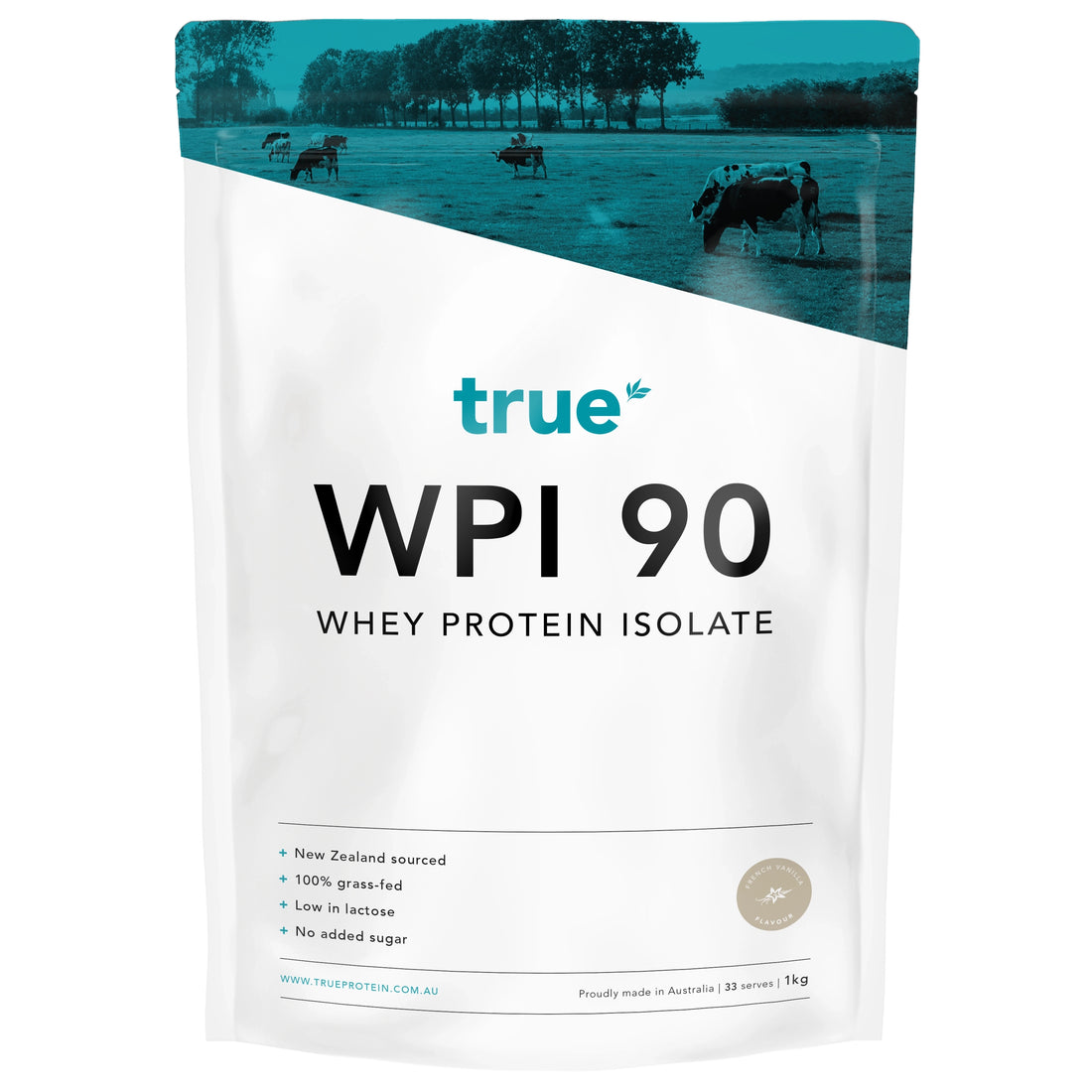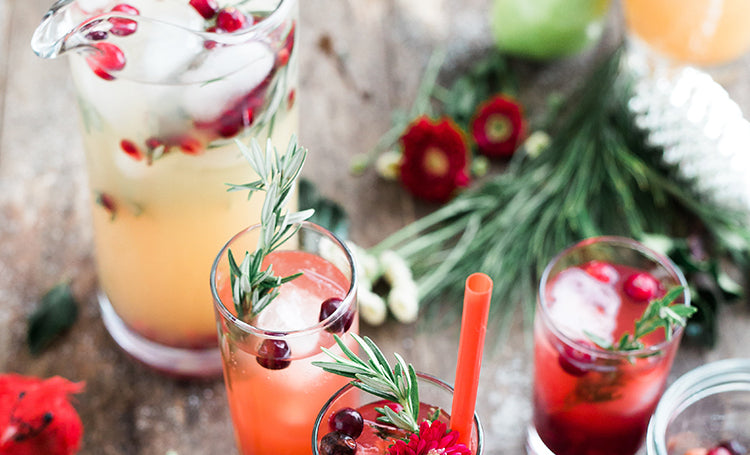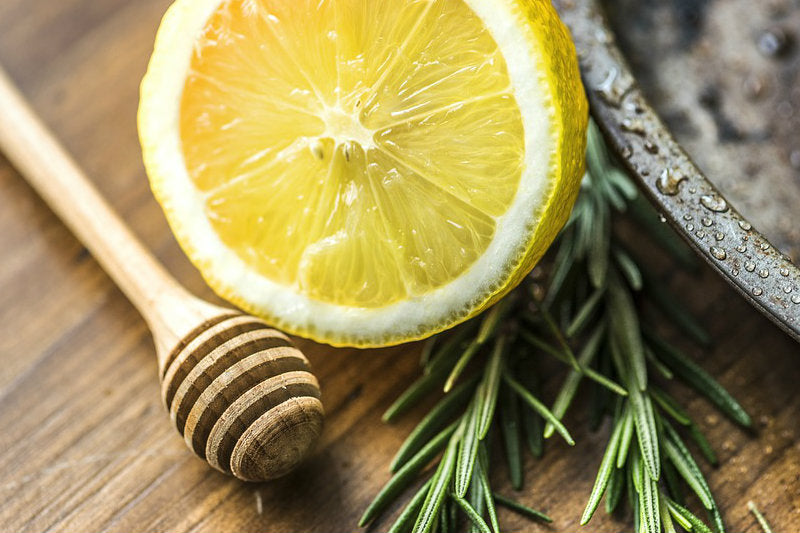Everything You Need to Know About Clean Eating and Macronutrients
I attended a Nutrition Seminar over the weekend at my local gym GFitness. The Personal Trainer Paul Coomber put on a great presentation sharing some vital information about eating healthy.
A bit about Paul: Paul is a strength, condition, nutrition coach and personal trainer at GFitness Freshwater.
Instagram: @paul_coomber_health
Contact: paulcoomberhealth@gmail.com
Thank you Paul for sharing this information with us!
Forget the Trends & Fad Diets
Everyone is talking about several fad diets that are flooding our social media accounts and the internet. The reason they have become popular is because they are proving to work with evident results. However, it is best not to follow these as not only are they unsustainable, everyone's bodies are different and some of these trends do not cater to all nor promote a balanced healthy diet.
What is Macro Counting?
Macronutrients are protein, carbohydrates, and fats. Counting Macros means tracking the number of grams of protein, carbohydrates, and fats you are consuming daily. Macro counting is beneficial for those who are looking to reach certain weight goals, physical fitness goals, or physical appearance goals. Macro counting can help you reach a perfectly balanced healthy diet if you are willing to take the time to measure what you are consuming.
When to Macro?
Macro counting is not for everyone as it is not a way of eating that may be sustainable for all. Macro counting is best applied to those who are looking to obtain certain goals such as beach ready body, wedding, competition, or general cases like weight loss or increased fitness. If you want to count your macros and keep track of them there is a great app to use which makes this easier, EasyDietDiary. A great alternative to macro counting is eating clean. Combining Calorie & Macro Counting and Clean Eating will give the best results.
What is Eating Clean?
Clean Eating is a healthy and safe way to achieve your weight loss and fitness goals. Clean Eating is about eating foods that are nutritious and nourishing for your body. Eating clean isn't necessarily about calorie counting but rather been aware of what you are putting into your body. Clean eating at its simplest form is eating "real" foods- those that are minimally processed, refined, and handled making them as closest to their natural state as possible. You want to eliminate refined sugar, this is where you will see the quickest results. Minimize your processed food intake. Processed food would be bacon, granola bars, instant ramen, microwave popcorn, ketchup, most bottles sauces, and frozen dinners or ready-made meals. For best results during clean eating is to keep a goal of your daily calorie intake. Use a counter like EasyDietDiary the mobile app to keep track of your calories and exercise.
Understanding Carbs & How Your Body Uses Them
It's important to remember that carbs fuel your body, so don't eliminate them just yet! Carbs are the very first source of energy that your body will use. Once carbs enter your body, your body will not be able to burn fat. This occurs due to a spike in insulin in your body which blocks your fat from burning. The best time for you to eat carbs like white bread, for example, is in the morning or before you work out. Your body will burn carbs during your workout as fuel. If you eat carbs and you sit at your desk at work shortly after they will be stored and turn into fat.
What are Carbs & Which One Are Good?
Bad carbs are high in sugar and high in fat. Bad carbs are chips, chocolate, biscuits, white bread, white potatoes, lollies, fast food, burgers, and most cereals.
Average carbs are high in carbs, lower in fat, moderate in sugar. Multi-grain bread, rice, pasta, sweet potatoes, and 75% dark chocolate.
Best carbs are low carb, low fat, low sugar, and high in vitamins. Stone fruits, all green vegetables, strawberries, berries, cauliflower, and leafy greens.
What is Low G.I.?
G.I stands for the glycaemic index, for example, high G.I is hi glucose. Low G.I. are the best source for sustained energy release and low insulin spike. Foods that are low G.I. are kidney beans, baked beans, chickpeas, sweet potatoes, low-fat dairy products, apples, oranges, whole grain pasta and whole grain bread.
Why Protein is Important & Where to Find it

WPI90
WPI boasts 90% protein content for first-class results
- Regular price
-
From
$38.00 - Regular price
-
- Sale price
-
From
$38.00
Quick Buy
Protein is essential for developing and repairing your muscles. Protein can lower the G.I. in the food you are eating. It is recommended that you have one source of protein with each meal. The best thing about Protein is it keeps you fuller for longer. The best food sources to find protein are chicken, turkey, beef, fish, yogurt (Greek yogurt specifically), cottage cheese, egg whites, and supplements like protein powder.
What are Good Fats?
Good fats can be found in Omega 3 which are in walnuts, flaxseed, tuna, salmon, mackerel, oyster, lettuce, broccoli, spinach, lima beans, navy beans, pinto beans, and citrus fruits. Good fats are found in Omega 6 which are most nuts, avocado, canola oil, and most other oils. Saturated fats are good fat and are not to be feared. Saturated fats are found in meats, egg yolk, cream, milk, cheese, vegetables, and butter.
Drink Water
For every 25kg in weight, you should be drinking 1 litre. It is quite natural when you start drinking the correct amount of water you will need to go to the bathroom quite frequently because your body is washing out the toxins in your body. Drinking lots of water also helps you prevent wrinkles, improves skin’s appearance and health.
True Tips
Keep your calories and macros in mind while preparing your daily meals and try to lead a cleaner eating lifestyle over time. Crash diets are not the way! Start slow and start correcting your diet so that it leads to a better future diet. Eating clean is not a diet it's a lifestyle change, slow and steady wins the race! Remember if it grows in the ground or on the land it's safe to say it will be beneficial to your healthy eating. The fewer barcodes the better and make sure to drink lots of water!







